Despite Delays and Billions in Overruns, Olmsted Locks and Dam Project Rolls On
Ohio River project is departure for funds-starved U.S. water infrastructure installations.
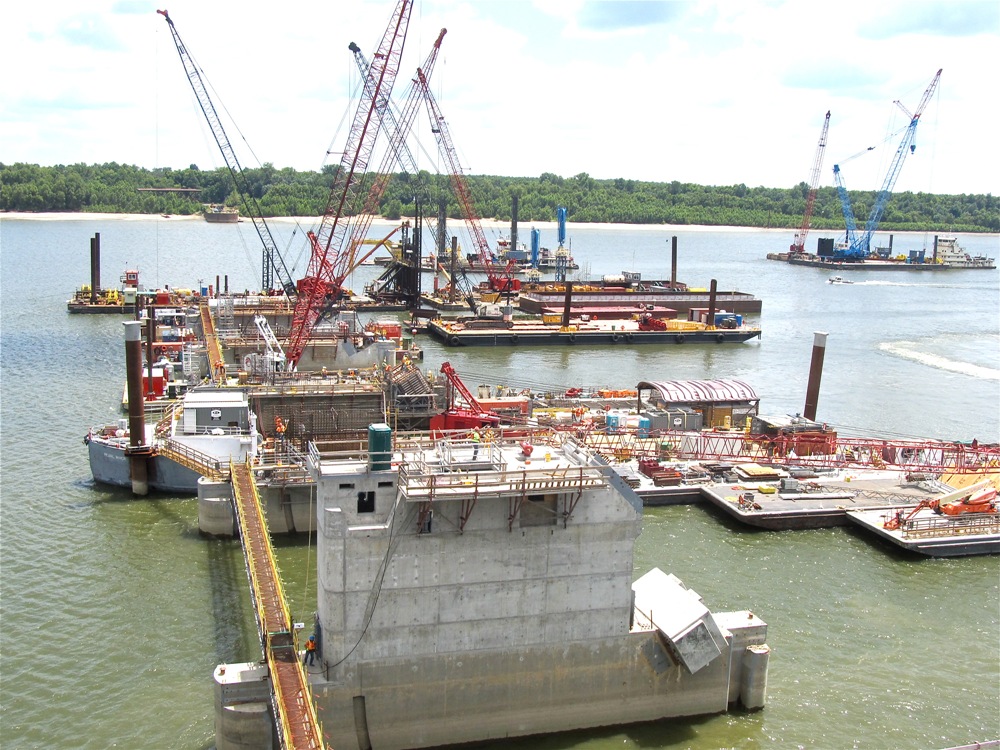
By Keith Schneider
Circle of Blue
OLMSTED, Ill. –- Engineers constructing the mammoth Olmsted Locks and Dam spent the summer of 2014 lowering colossal concrete blocks in place on the bottom of the Ohio River.
Submerging each piece, which form the base of a half-mile long dam that is largely underwater, is an exacting convergence of digital measurements, floating cranes, groaning towboats, and divers working in murky waters that takes over two weeks to complete.
Like everything else about the two locks and the dam that reaches from Illinois to Kentucky at one of the Ohio’s widest points, the 120-foot-long, 2,562-ton blocks are outsized. Completing Olmsted has involved solving wicked structural and assembly challenges prompted by its experimental design. It’s meant fabricating one-of-a-kind heavy lift cranes that crawl on land and float on a barge.
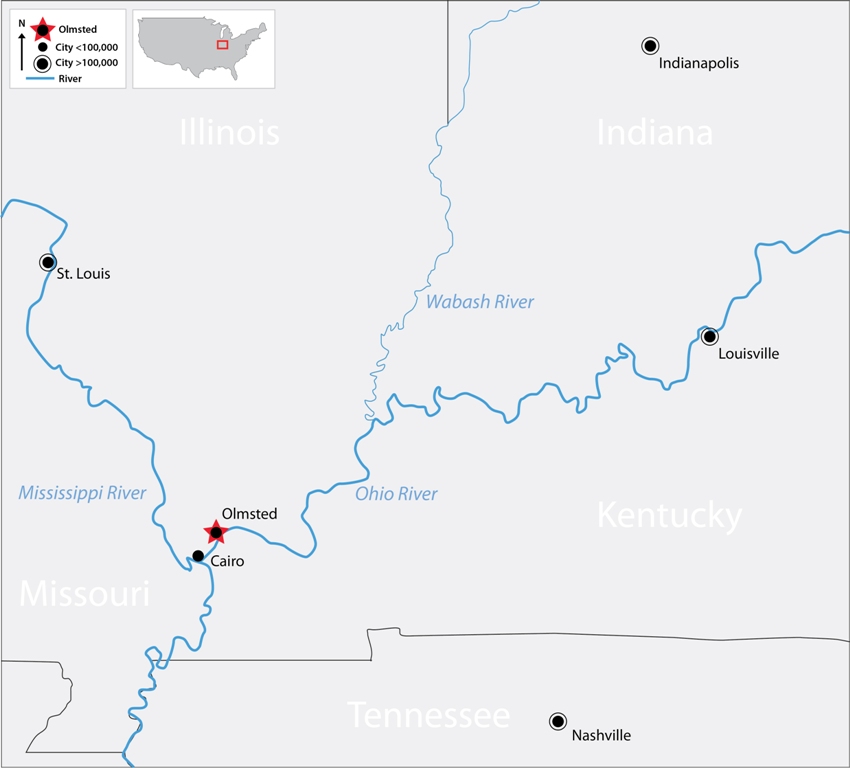
It’s also caused engineers and skilled craftsmen to candidly accept the criticism that comes with a steadily rising price tag that appears to have stabilized at $US 3.1 billion, and to endure a nearly 30-year construction schedule that no one anticipated.
Still, those are not the only distinguishing features of the Olmsted project, the largest and most expensive inland water navigation installation ever built in the United States. What sets the Olmsted project apart is its uncanny ability to attract consistent funding in an era when most of the other water infrastructure projects in the United States are so desperate for money they generally are not built or are years behind schedule. For example:
- The Army Corps of Engineers, which constructs and manages inland water transport infrastructure, including the Olmsted Project, has a $US 66 billion backlog of projects.
- The American Water Works Association, a trade organization, released a study in 2012 that found that due to deferred maintenance, replacing and modernizing the more than one million miles of water supply pipes in the United States will require an investment of $US 1 trillion over the next generation.
- The U.S. Environmental Protection Agency, charged by federal law to safeguard the nation’s water quality, reports that “every year across the country, there are approximately 240,000 water main breaks. As many as 75,000 yearly sanitary sewer overflows discharge three to ten billion gallons of untreated wastewater, leading to some 5,500 illnesses due to exposures to contaminated recreational waters.”
Olmsted is Different
Standing solidly against this backdrop of aging infrastructure, deterioration, rising costs, and inaction is the well-financed Olmsted project, which is widely regarded as either an outstanding example of American technical excellence and persistence, or a folly of engineering overconfidence that has put America’s inland water transport network in peril. Supporters and critics agree that the new locks and dam, being built by the U.S. Army Corps of Engineers on a heavily forested reach of the Ohio River, some 17 miles from where it meets the Mississippi, is a lot of both.
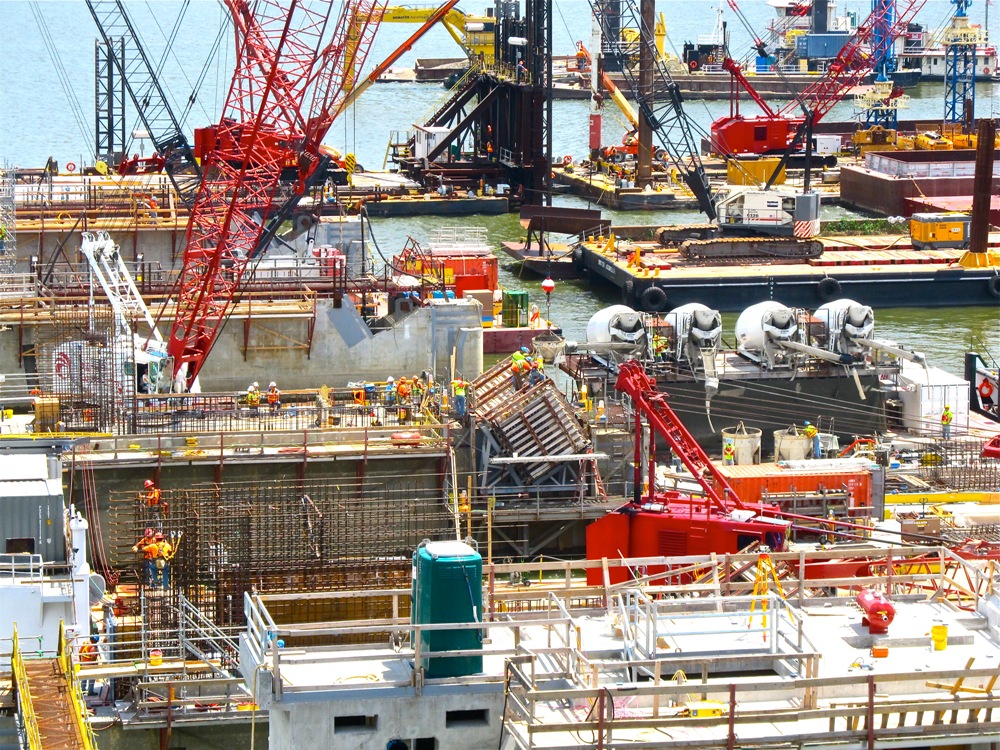
“Hoover Dam is a very impressive example of engineering in the 20th century,” Mickey Awbrey, the Corps’ Olmsted construction manager, told Circle of Blue. “It’s a giant hydraulic structure that’s 100 percent visible. Our project also is impressive engineering for its time. But our dam is 70 percent underwater and will never be visible. It still has a good story to tell.”
Others, even those in the shipping business, offer a less glowing review.
“Because of cost escalation, because of the experimental technology it used, Olmsted hurt us,” countered Michael Toohey, president and chief executive of the Waterways Council Inc., a trade association for shippers and carriers based in Arlington, Va. “We used to be able to finish projects like this in seven years. Olmsted should have been finished in 1999. As a result of all the money spent on Olmsted we have not been able to modernize the rest of the system.”
In interviews, Corps engineers described the sharp increase in Olmsted’s cost and schedule as largely the result of a new dam construction technology that the agency may never use again. For over a century the Corps built cofferdams to hold back rivers and enable workers to construct dams on dry river bottoms.
With Olmsted, the Corps decided to build the dam with huge concrete sections fabricated on land and then lowered and fixed in place in the river’s current. The “in the wet” technique has been repeatedly confirmed by Corps engineers and independent analyses as an effective construction technique. But actually getting the work done took developing new construction practices, perfecting the capacity to measure precise tolerances in deep and muddy water, and designing equipment to lift, carry, and place in the river concrete pieces that weigh as much as 9.9 million pounds.
“There is no doubt that it’s taken longer than we thought,” said Mike Braden, chief of the Olmsted Division, who oversees the 550 people building the project. “The contract to build the dam was awarded in 2004. The first five or six years after that involved designing the means and methods to construct the project. It’s never been done this way before.”
Long and Expensive Construction Schedule
Bill Clinton was in the early weeks of his presidency in 1993 when the U.S. Army Corps of Engineers started construction in a hamlet of 325 residents on the Illinois side of the Ohio River. A new president, yet to be elected, will be ending their first term in 2020 when Olmsted is now projected to be finished. Yet, arguably, the most striking aspect of Olmsted’s slow progress is the enduring attention it has attracted in the White House over two decades, and the consistent bipartisan political support it has gained in Congress, even in an era of fiscal austerity.
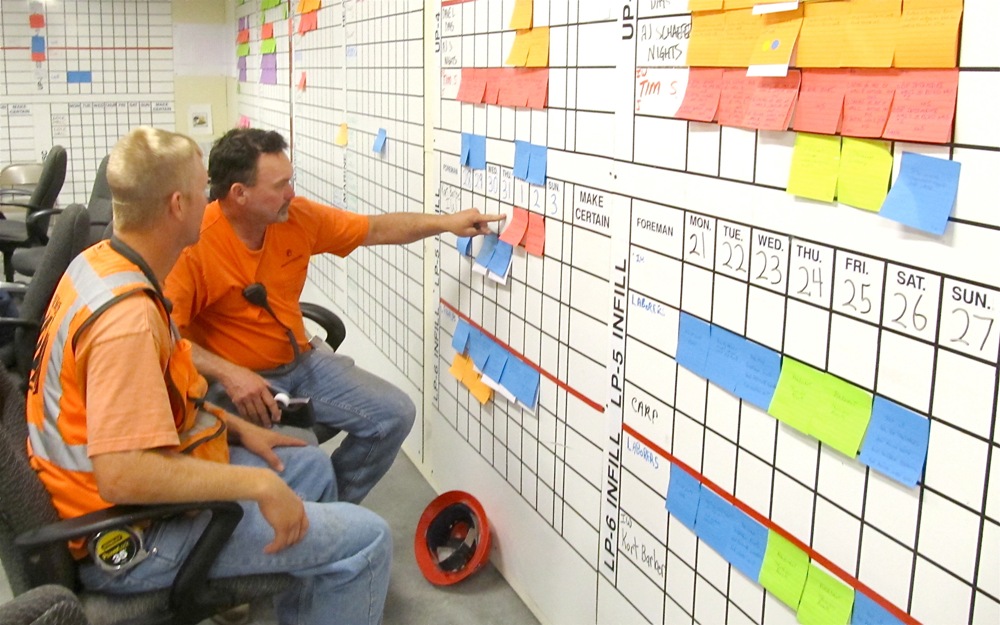
Designed to replace two deteriorating 85- and 86-year-old locks on the busiest section of the Ohio, Olmsted is the infrastructure equivalent of the bailout of American auto companies and banks. Presidents and congressional leaders reached consensus a decade ago that it’s too big and too vital to the economy of the Ohio River Valley and the nation to fail.
That was never more apparent than in October last year when President Obama and Congress authorized more than $1 billion to be spent on the Olmsted project as part of the deal to end the government shutdown. And again in June, in one of the rare instances of bipartisan agreement this year, Congress approved and President Obama signed the $US 12.3 billion Water Resources Reform and Development Act.
Relief in Rare Congressional Agreement
The new legislation included two provisions that 1) ensures the Army Corps of Engineers has at least $US 150 million annually to complete Olmsted, and 2) changes the formula for funding navigation projects with the Inland Waterways Trust Fund, and provides much more money to replace other old locks and dams.
Revenues to the trust fund, derived from marine fuel taxes, typically amount to $US 75 to $US 80 million a year, which the Treasury matches dollar for dollar. Before the adjustment almost the entire proceeds of the trust fund and the federal match – $US 150 million annually – was absorbed by construction expenses at Olmsted.
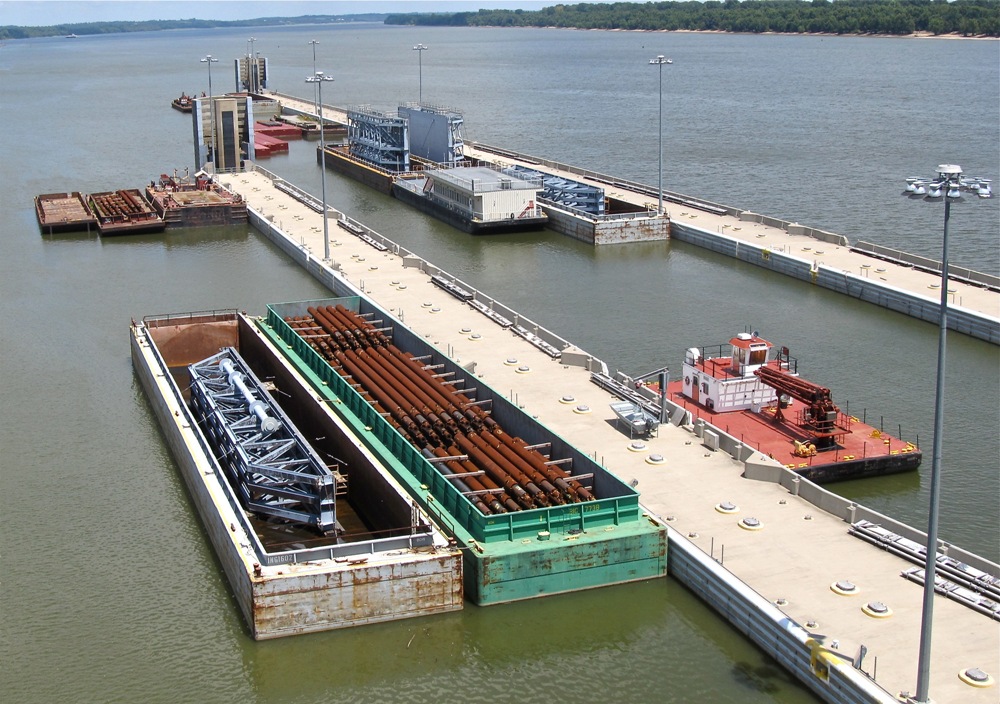
That left little to address the backlogged projects to modernize the country’s aging water transport infrastructure. On the Ohio River all but a handful of the 20 major locks and dams, which enable towboats and barges to navigate a river that starts in Pittsburgh some 450 feet higher than where it ends 981 miles downstream in Cairo, Ill., have exceeded their 50-year design life.
The two locks that Olmsted will replace, for example, are well-recognized sources of frustration for towboat operators. When the locks are down for repair, tows back up and delays often last for days. If either Lock 52 or Lock 53 fails totally before Olmsted opens, the lower Ohio River would be shut down during the dry summer months when water levels are low.
“Ninety million tons of material is shipped through those locks annually,” said Awbrey, the project’s construction manager. “You can see why our project is so important.”
The new legislation means the federal match will provide most of the funding to finish Olmsted while adding $US 105 million annually to enlarge, modernize, and build other new locks and new dams, according to Toohey, the trade association president.
River Barging More Efficient
The June agreement, negotiated with the help of towboat operators and inland waterway shippers, couldn’t have come soon enough, said Marty Hettel, chairman of the Inland Waterway Users Board, an advisory group authorized by Congress, and senior manager of waterway regulatory programs at AEP River Operations, one the country’s largest shippers.
“You have to remember that when this project started it was supposed to cost $US 775 million,” Hettel told Circle of Blue. “That isn’t quite the way things turned out. We’ve got other locks that are failing and hurting the efficiency of the water transport system. We really haven’t been able to do much about it until this new bill. The quicker the other projects get started and completed the better for the nation. It lowers transportation costs.”
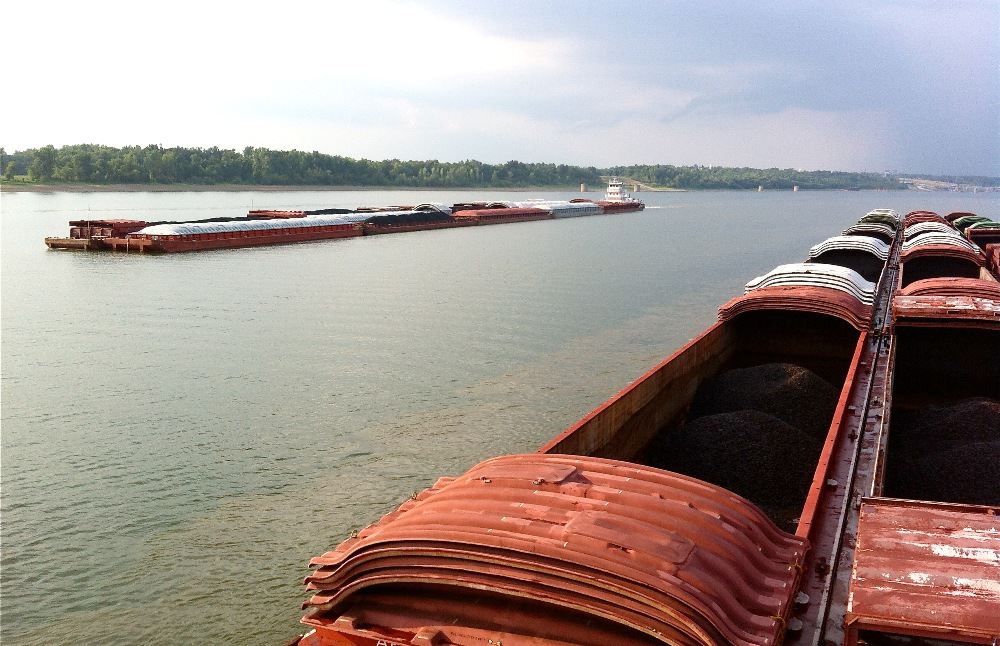
The Army Corps, which has been managing Ohio River transport since Congress asked it to remove sand bars and debris from the river in 1824, asserts that their projects on the river are worth every penny they will cost. No form of transportation is more energy efficient and less polluting than shipping material by barge. A typical 15-barge, 1,200-foot-long, 22,500-ton Ohio River tow carries as many as 1,050 trucks or 240 rail cars, and uses 75 percent less fuel than trucking and 31 percent less than shipping by rail.
Such numbers have kept the flow of material strong on the Ohio even as the makeup of the cargo shifts. Shipments of coal, which for decades formed nearly 60 percent of the total volume of Ohio River freight, is now less than 50 percent, according to Corps data. Shipments of corn, soybeans, iron, steel, and cement are increasing, reflecting changes in domestic and export markets. Last year, according to Corps data, 220 million tons of material made their way up and down the river.
A shorter version of this article was published in the August 18, 2014 edition of the New York Times.
Circle of Blue’s senior editor and chief correspondent based in Traverse City, Michigan. He has reported on the contest for energy, food, and water in the era of climate change from six continents. Contact
Keith Schneider

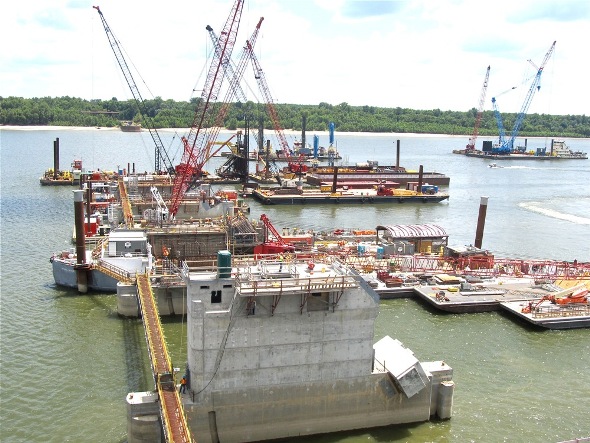

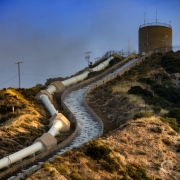

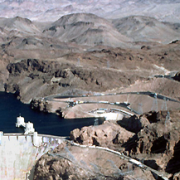
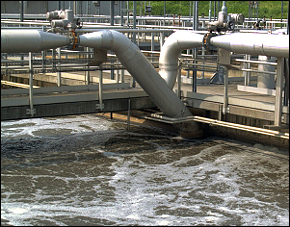

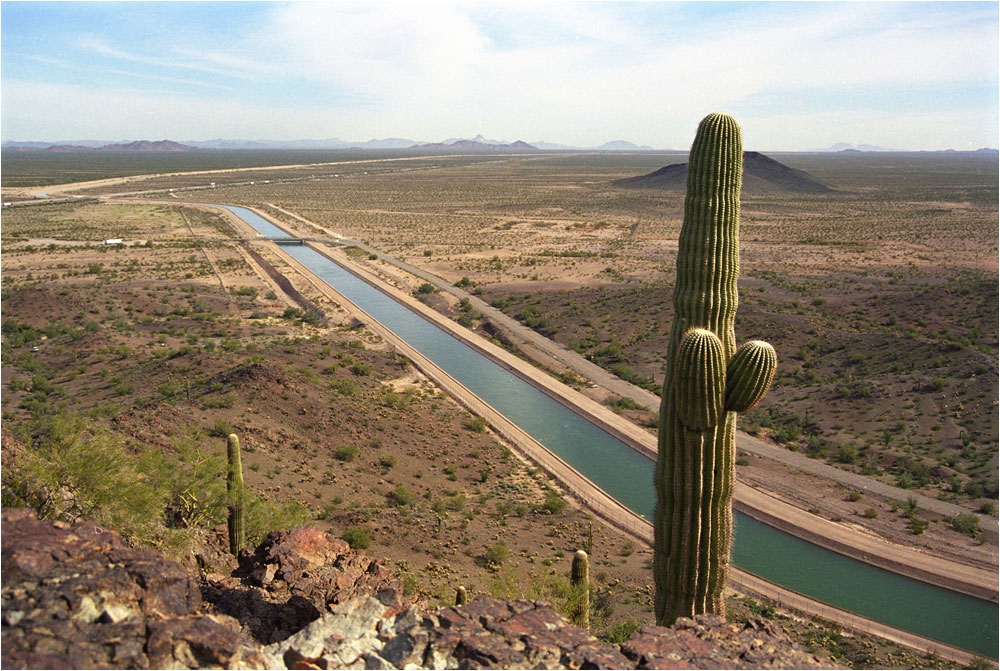


Leave a Reply
Want to join the discussion?Feel free to contribute!